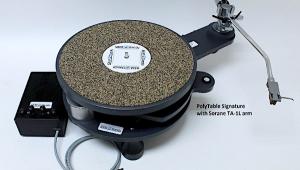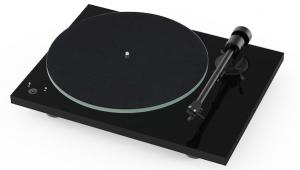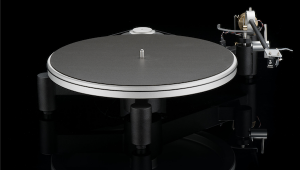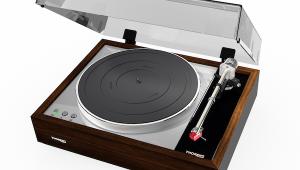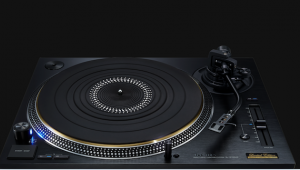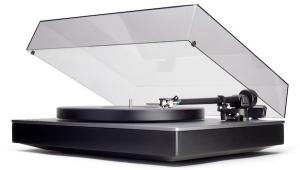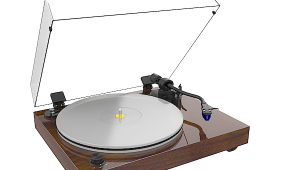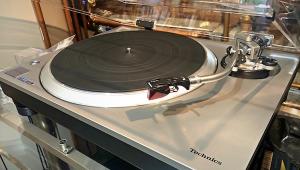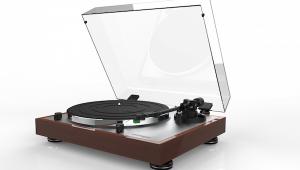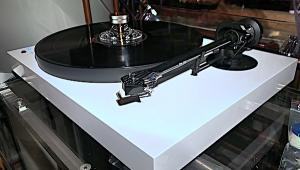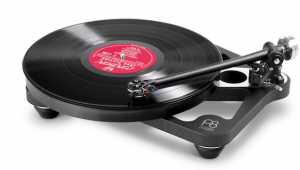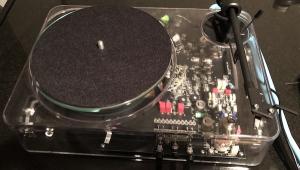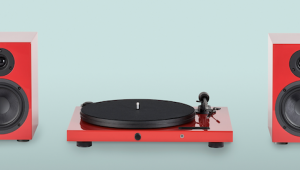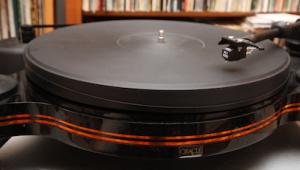"...when a lacquer is cut, the cutter head exhibits a controlled and consistent "overshoot" of its intended path, thus making the resulting inscribed waveform "bigger" than the original signal, and in turn increasing its dynamic range".
Hmm, 'interesting'. It's certainly a subject that I have thought about often -- principally ever since I bought my first CD, and spent the next twenty years wondering why digital sounded so much worse than records on my STD / Hadcock set-up back in 1980. Now that my new hobby is giving CDs away to charity shops and repurchasing my vinyl here's a forum filled with like-minded individuals to moot such issues with.
So, here's one possibility for the fact that a poorly-measuring and dynamically-constrained mechanical analogue source can sound so much better than a superbly-measuring and effectively unconstrained PCM source: I suspect (or at least suppose) that the difference lies in the three words "mechanical analogue source". Consider that a 12" LP running at 33 1/3 RPM has the same effective transcription speed as the 15 ips reel-to-reel tape used for mastering most music (and as we all know from our cassette recording days, transcription speed is everything -- Nakamichi or otherwise), so, all else being equal, the format is dynamically transparent to the source. That's the "mechanical" bit, and not too contentious. Now, for the "analogue source" bits, which are treated together because because they are related (I think). Consider that a vinyl-cutting rig (at least for non-digital delaying varieties) is simply an analogue chain that does nothing to the audio signal other than amplify it: in this I mean that the audio is boosted to cause the cutting head to vibrate in an analogous way to that of a loudspeaker to cut the signal into the lacquer. Thus, this dynamically-transparent (to the master tape) vinyl medium is not 'processed' at all -- it is not subject to any real change in the way that digitised audio is. Moreover, I suggest that because of the unmolested nature of the master tape to vinyl path that the vinyl -- not the turntable -- BECOMES the source. Not only is the A2D-D2A cycle of digitisation not present, but the source component itself is removed from the signal chain. The vinyl 'soutce' still needs to be rotated at the right speed, with rumble kept at bay and tracking distortions minimised, but is it any surprise that the purity of this analogue signal chain knocks dgital into a cocked-hat despite the superior measurements of the latter?
Anyway, that's enough for my first Analog(ue) Planet post. If anyone would like to hear my experience with the vinyl that is the fly-in-the-ointment here -- Peter Gabriel IV -- do let me know!
Thanks to Mikey for this venue, and for his stalwart work as totchbearer for the cause of musical fidelity.
cheers,
Dave




